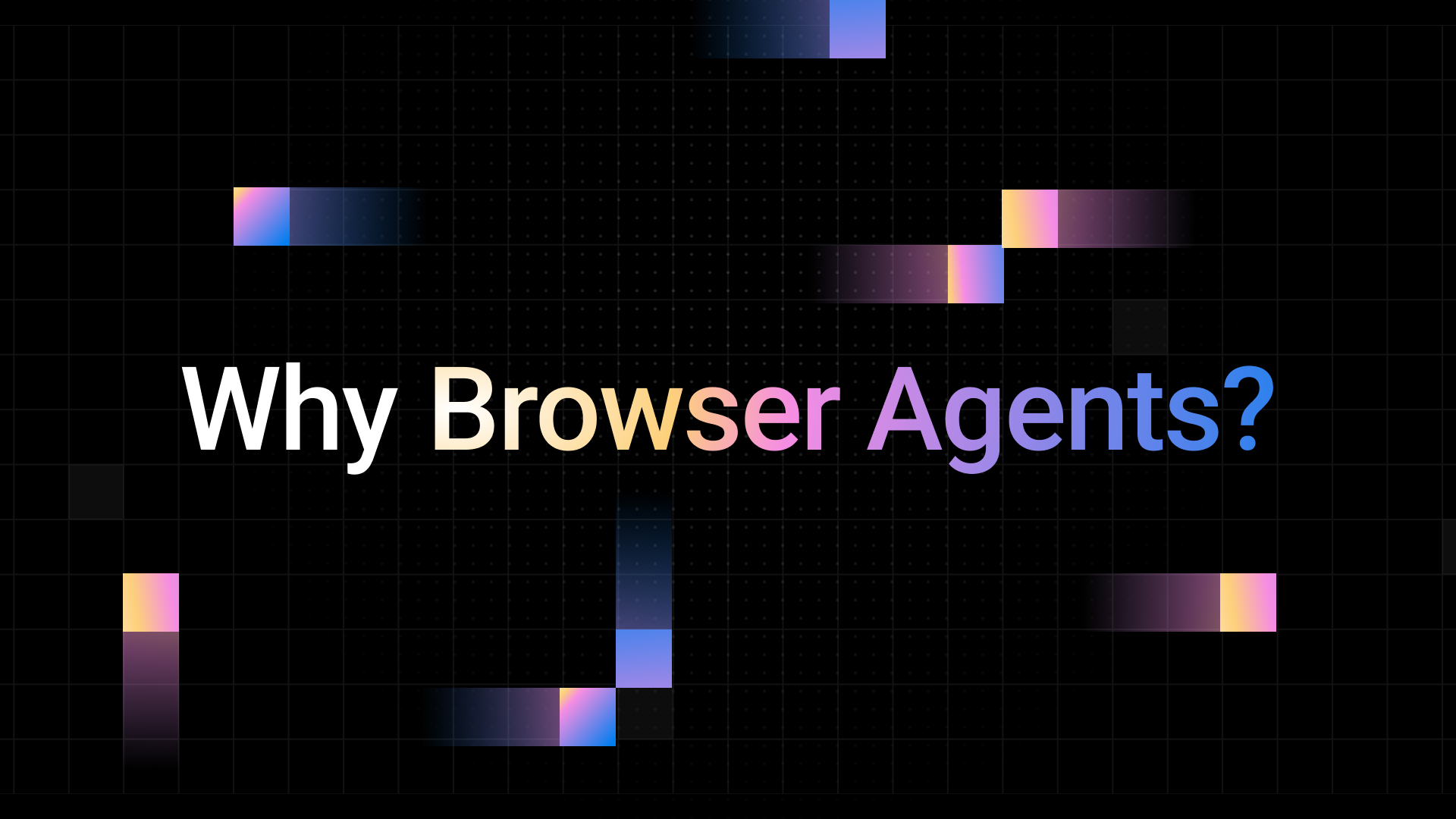For two decades, the browser has been where work happens in the enterprise - research, forms, workflows, approvals. That center of gravity isn’t shifting; how we operate inside it is.
Two motions are converging:
1) Productivity: Desktop browsers become AI-powered
Individual knowledge workers get copilots: autofill, summarization, smart search, tab orchestration. It’s personal leverage - inside the same desktop browser - accelerating what a single human can do.
2) Automation: Fully independent agents in the cloud
Teams offload entire workflows to cloud browsers - headful, humanlike sessions that run in parallel, authenticate, navigate dynamic UIs, and complete tasks end-to-end without a person in the loop.
This second motion is what changes the slope of enterprise output. It turns “assistive AI” into production automation: versioned, monitorable, and scalable.
Why cloud browsers (not just APIs)?
- Apps live in the browser. Many critical systems don’t expose stable APIs - or they gate capabilities behind UI flows.
- Identity & trust. Real sessions with real fingerprints, policy controls, and audit trails map to how enterprises already work.
- Coverage. If a human can do it in a tab, an agent can do it in a cloud browser - today.
Anchor’s view
We believe the automation motion will grow exponentially over the next few years. As reliability and observability harden, enterprises will shift from AI “assistants” to fleets of autonomous, policy-bound browser agents.
Anchor exists to make that reliable:
- Deterministic first. Codified workflows, with AI only where needed.
- Parallel by default. Thousands of compliant, isolated sessions.
- Enterprise-grade. Identity, controls, logging, and zero-data modes.
Cloud browsers are the runtime for the autonomous web. If you’re ready to move from prototypes to production automation, Anchor is where those agents live.


